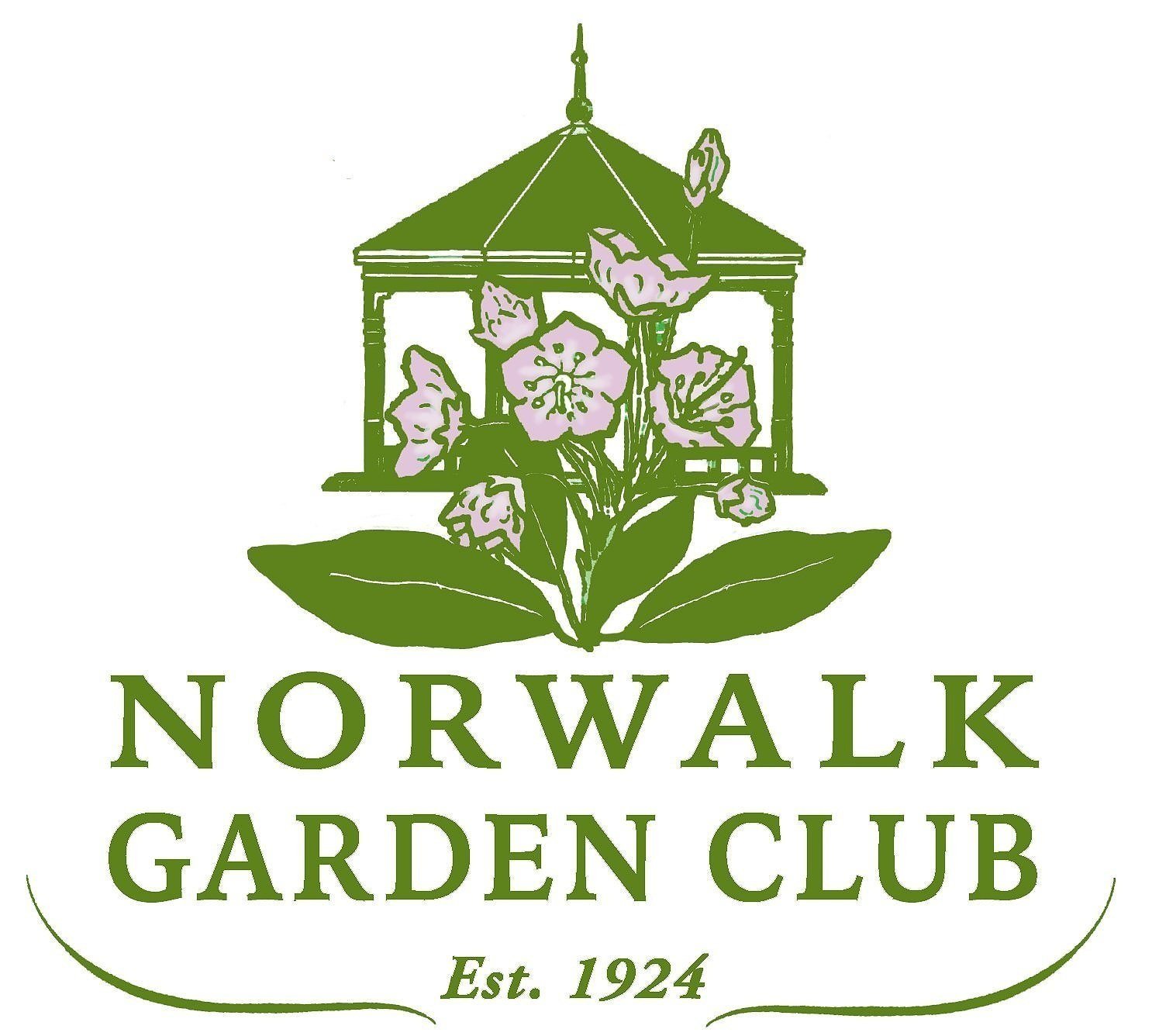ALTERNATIVE NATURAL LAWN, At Oak Hills Park
Benefits:
- Naturalized ground cover plants used are drought-tolerant, thus saving water
- Little to no mowing, and no fertilizers, herbicides, or pesticides needed
- Promotes biodiversity and habitat for wildlife (seed mix includes chamomile for tea)
- Alternative Natural Lawns are cost-effective — and beautiful!
Seeds Mix Includes:
- Sheep Fescue
- Baby Blue Eyes
- Five-Spot
- Strawberry & Red Clover
- Yellow Daisy
- Johnny Jump-Up
- English Single White Daisy
- Tall White Sweet Alyssum
- Wild Thyme
- Roman Chamomile
FAQs:
- In the Fall, preparations began
- Existing lawn grass was turned over/removed, with new soil added
- Seed mix was covered with straw
- In the spring, more seeds and straw added
- Mowing may not be needed, or rarely (according to personal preference)
- Lawn mix includes perennials, coming up every year
- Pollinators such as bees and butterflies will be attracted, deer as well (Reminders: Bees
do not normally sting, but rather, it is hornets and wasps that attack people and do not
typically reside in this sort of lawn)
- Ticks may or may not be a problem as they do not like dry areas such as this with scarcer
plantings
CONVENTIONAL LAWNS:
- In the U.S., we use 9 billion gallons of water for lawns
- Lawn grass is the largest agricultural crop in the U.S., more than corn or wheat
- With short roots, lawn grass cannot absorb rainwater well, poor drainage in floods
- Lawns are food & shelter DESERTS for wildlife, essentially eco-wastelands
